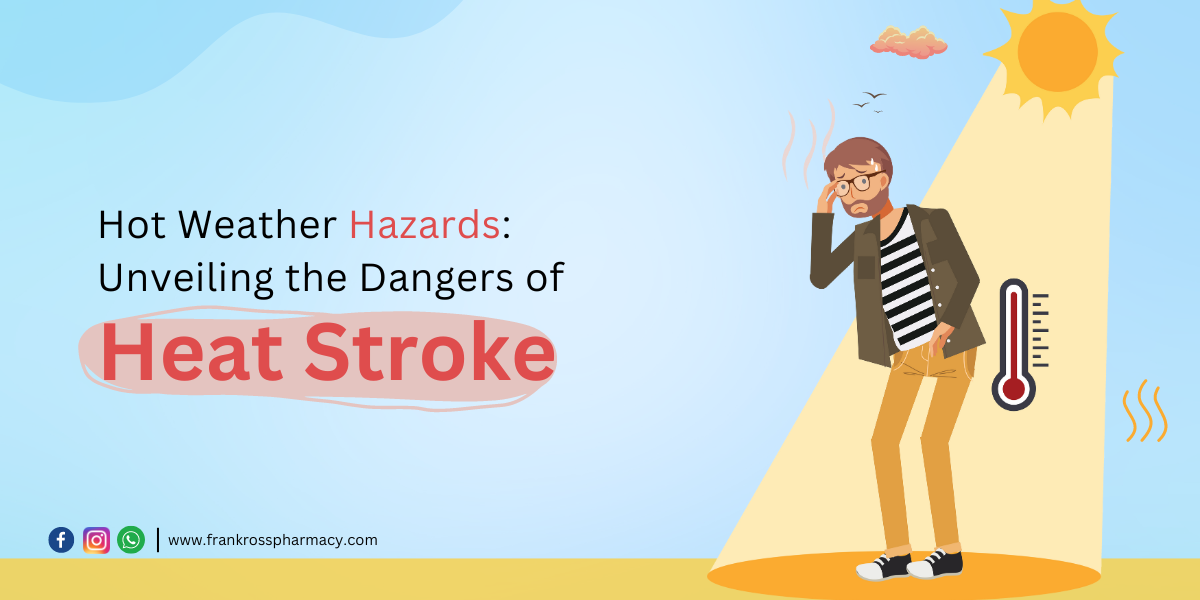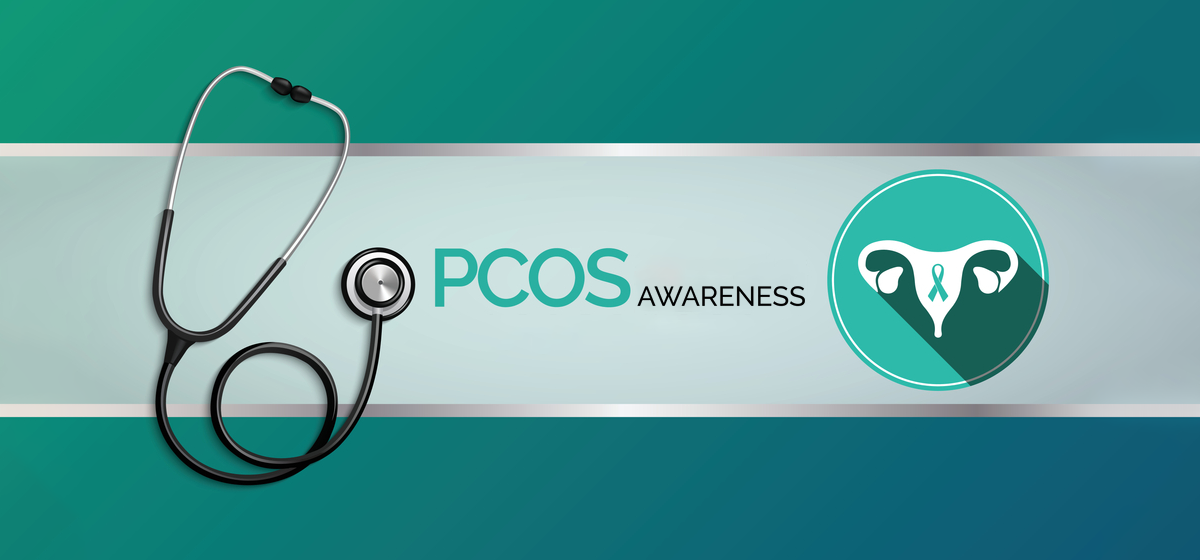Introduction:
As summer approaches and temperatures rise, it’s important to be aware of the potential hazards associated with hot weather. One such danger that often goes overlooked is heat stroke. Heat stroke is a severe condition that can have serious consequences if not treated promptly. In this blog post, we will delve into the details of heat stroke, its causes, symptoms, and prevention methods to ensure you and your loved ones stay safe and cool during the sweltering summer months.
What is Heat Stroke? :
Heat stroke is a life-threatening condition that occurs when the body’s core temperature rises to dangerously high levels. It is typically caused by prolonged exposure to high temperatures and a lack of adequate hydration. When the body overheats, its natural cooling mechanisms, such as sweating, fail to regulate temperature effectively. Heat stroke can affect anyone, but certain groups, such as older adults, athletes, and individuals with chronic illnesses, are at a higher risk.
Recognizing the Symptoms :
Identifying the symptoms of heat stroke is crucial for timely intervention. Common signs include a throbbing headache, dizziness, rapid heartbeat, hot and dry skin (lack of sweating), confusion, nausea, and even loss of consciousness. If you or someone around you exhibits these symptoms, it’s vital to take immediate action to prevent further complications.
Prevention Methods :
Stay hydrated: Drink plenty of water and avoid excessive alcohol and caffeine consumption, as they can contribute to dehydration.
Seek shade: Limit your time in direct sunlight, especially during the hottest parts of the day. Find shade or create your own using umbrellas, canopies, or hats.
Dress appropriately: Opt for loose-fitting, lightweight, and breathable clothing that allows air circulation and helps with sweat evaporation.
Take breaks indoors: If possible, spend time in air-conditioned spaces, such as malls, libraries, or community centers, especially during the hottest hours.
Use sunscreen: Apply a high SPF sunscreen to defend your skin from UV rays.
Cool down: Take cool showers or baths, use damp towels on your neck and forehead, or enjoy a refreshing dip in a pool to lower your body temperature.
Check on vulnerable individuals: Keep an eye on children, older adults, and those with chronic illnesses, as they are more susceptible to heat-related complications.
Conclusion :
Heat stroke is a serious heat-related illness that demands attention and awareness. By understanding the causes, recognizing the symptoms, and implementing preventive measures, we can safeguard ourselves and our loved ones from its dangerous effects. Remember to stay hydrated, seek shade, dress appropriately, take breaks in cool environments, use sunscreen, and be mindful of those who are more vulnerable. Let’s make this summer a season of enjoyment and safety by staying informed about the hazards of heat stroke and taking proactive steps to prevent it. Stay cool and beat the heat!





